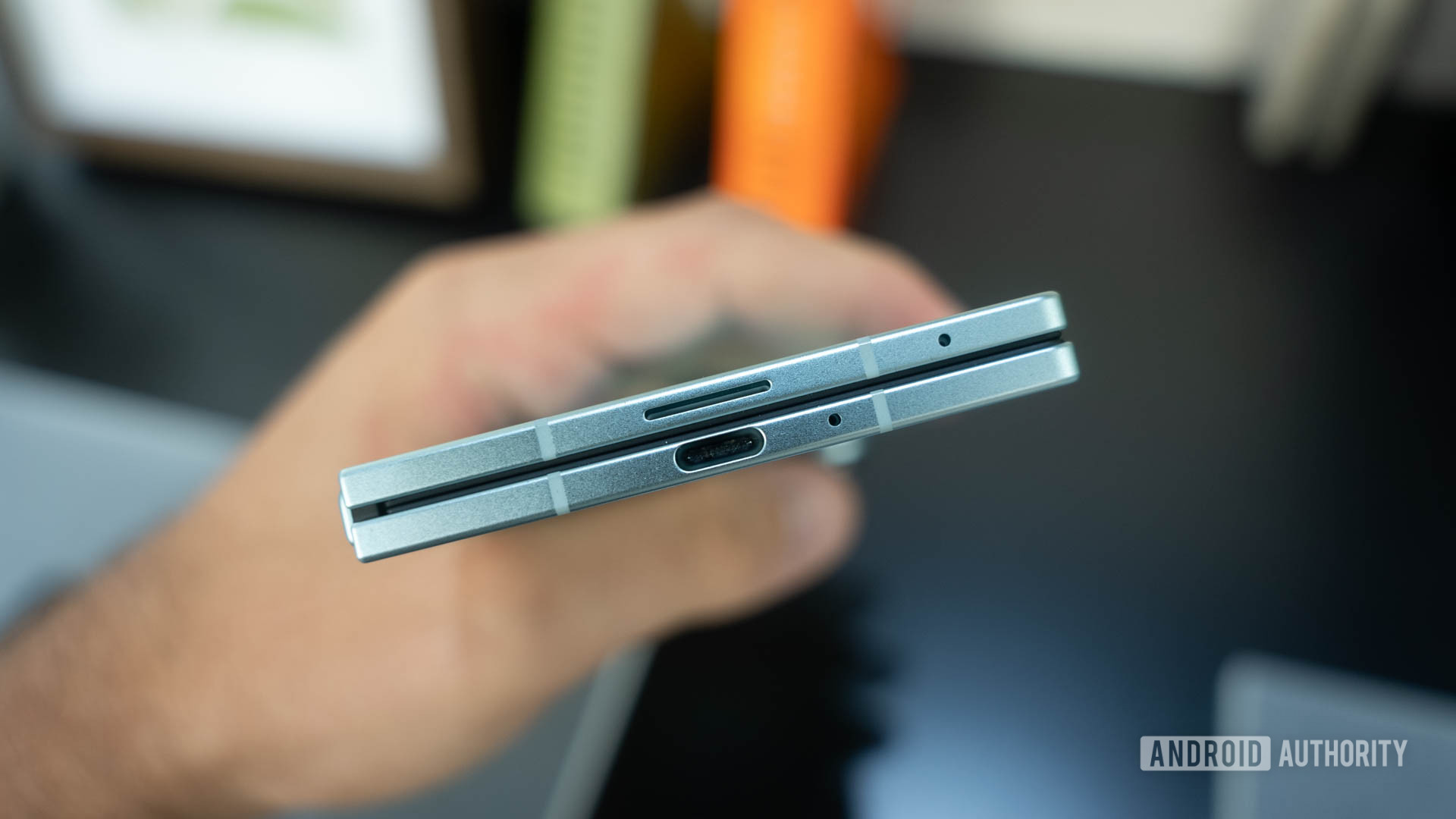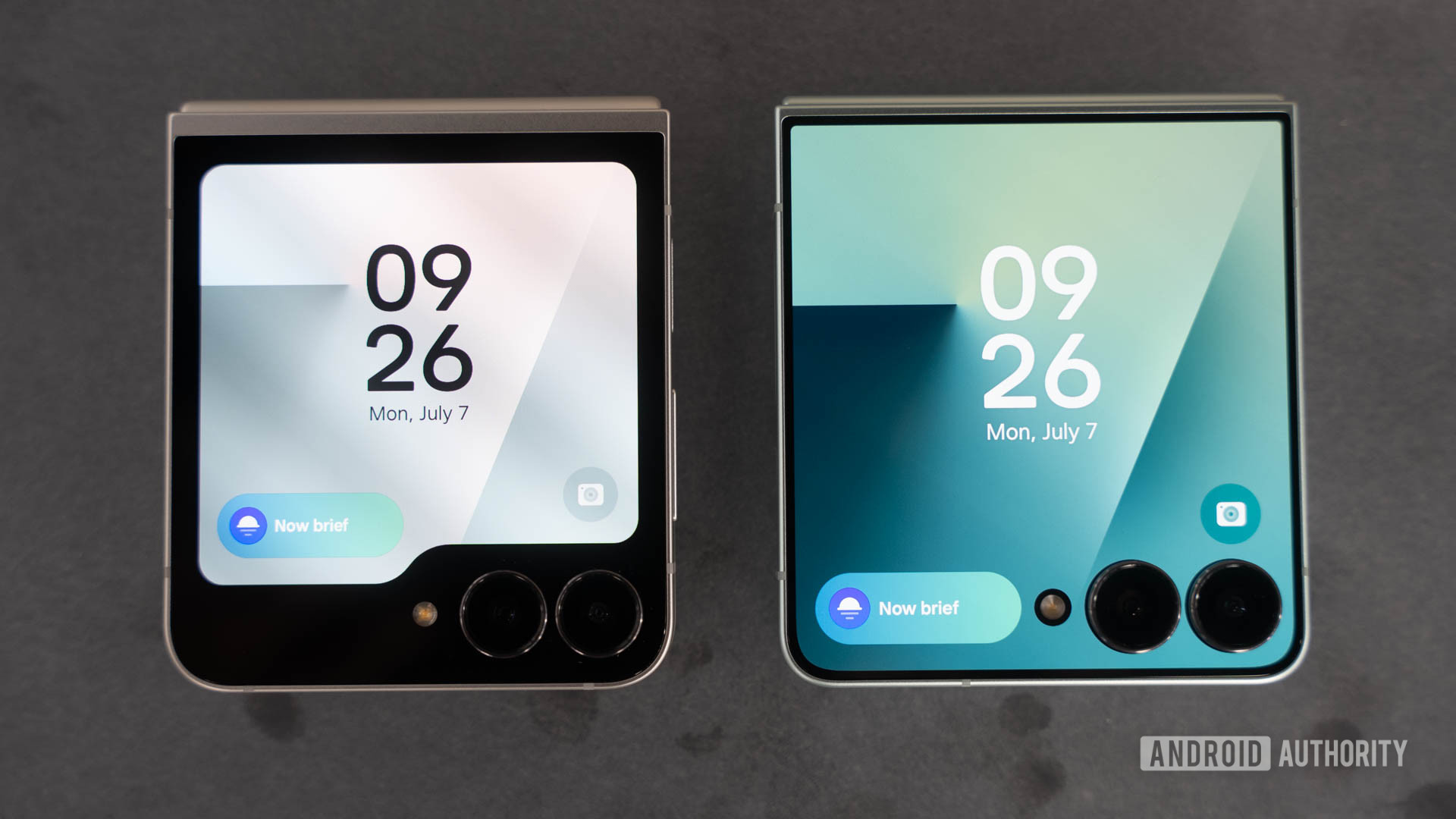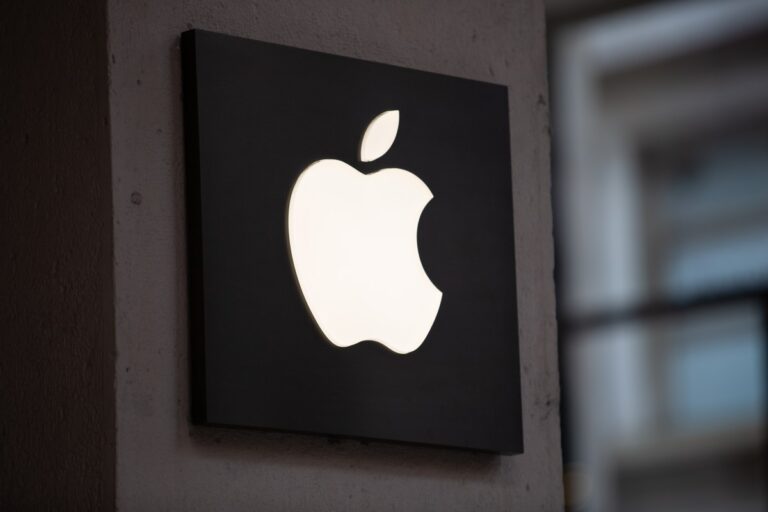Samsung’s new foldables are tempting upgrades, but I’m holding off
It’s summer, and that means it’s time for Samsung’s newest foldables — the Galaxy Z Fold 7 and Flip 7. And the good news is that this year, the new phones don’t just offer small refinements over last year’s models. The devices have fewer compromises, feel less awkward in the hand, and the cameras are no longer playing catch-up with the mainline series. It’s clear Samsung’s folding phone lineup is finally maturing in the right direction.
That said, I can’t help but feel a little cautious since the new foldables haven’t received upgrades across the board. If you already own the Galaxy Z Fold 6 or Flip 6, or even the slightly older 5 series, the decision to upgrade will depend heavily on the exact pain points you’d like to alleviate.
While the Galaxy Z Fold 7 and Flip 7 offer a fantastic entry point for first-time buyers, is there enough to justify the cost of switching? I’m not entirely sure, and here’s why, starting with the largest foldable of the lineup.

Samsung Galaxy Z Fold 7
Thinnest, lightest Z Fold to date
More durable design
200MP primary camera
Snapdragon 8 Elite for Galaxy

Samsung Galaxy Z Flip 7
Largest ever Flex Window
6.9-inch dynamic AMOLED 2X folding screen
7 years of updates
Samsung Galaxy Z Fold 7 vs Galaxy Z Fold 6: What’s new?

C. Scott Brown / Android Authority
If you’ve kept up with the Galaxy Z Fold series over the years, you may already know that Samsung has refused to significantly alter its book-style foldable for a while now. This steadfast design choice spanned three generations, from the Fold 4 to the Fold 6. While we did get slight reductions in thickness, little else changed. But I’m pleased to report that we’ve finally moved past that with the Galaxy Z Fold 7.
With the Galaxy Z Fold 7, Samsung has overhauled the cover display to make it less slender and more like a normal smartphone in terms of width. This means the inner display has more real estate to offer too — it now spans 8 inches, a measurable upgrade from the 7.6-inches of prior Z Fold phones. The crease is less visible than earlier versions too.
The Z Fold 7 now resembles the mainline Galaxy S lineup in more ways than one.
Thanks to the extra width and a new hinge, the new foldable is an impressive 26% thinner than the Fold 6. And to top it all off, Samsung has shaved off significant weight to make the Z Fold 7 lighter than the company’s best non-folding phone, the S25 Ultra. The difference in thickness and weight is astounding, to say the least, and eliminates two of the biggest deterrents for those in the market for a book-style foldable.

C. Scott Brown / Android Authority
The camera system has received a major improvement too — a 200MP primary shooter means that the Galaxy Z Fold 7 finally matches Samsung’s mainline flagship in terms of quality. Prior generations used smaller sensors, presumably due to engineering challenges in fitting larger modules. Luckily, that doesn’t appear to be the case anymore.
Elsewhere, however, you won’t find as many upgrades on offer going from the Z Fold 6 to the Fold 7. Samsung has unsurprisingly sprung for Qualcomm’s latest Snapdragon 8 Elite chip, which is technically a big leap over the Snapdragon 8 Gen 3 in last year’s foldable. However, the newer chip has the tendency to draw more power to achieve higher performance levels.
The Z Fold 7 remains middling in the endurance department.
In its quest to deliver a thinner and lighter phone, Samsung was unable to pack a larger battery into the Galaxy Z Fold 7. This is rather disappointing given the aforementioned chip’s power hungry nature and the small 4,400mAh capacity to begin with. Moreover, the technology for better battery density exists in the form of silicon carbon batteries. The OPPO Find N5 packs 5,600mAh of capacity, while being thinner still than the Galaxy Z Fold 7. Too bad it’s not available in the US.
As you’d expect, the Z Fold 7 launches with Android 16 and gets Samsung’s seven-year software update pledge. It also packs a smattering of new AI features, but these typically make their way to older devices too. Coming back to the physical specs, Samsung boasts a thicker ultra-thin glass on the inner display, Gorilla Glass Ceramic 2 on the cover screen, and a stronger Armor Flex hinge. All of these improvements should contribute to better durability but only time will tell.
One downgrade worth noting is that the inner display’s selfie camera is no longer hidden under the screen. Instead, Samsung has restored the holepunch. Since the camera’s view is no longer obstructed by pixels, you can expect better image quality on the Fold 7 vs the Fold 6.
Would you upgrade to the Galaxy Z Fold 7?
0 votes
Should I upgrade to the Galaxy Z Fold 7?

C. Scott Brown / Android Authority
Everything I’ve said about the Galaxy Z Fold 7 makes it out to be one of the better phones you can buy, and certainly the best foldable that Samsung has to offer. So why did I say you should consider holding off earlier? The answer’s quite simple: for all the changes it has made, Samsung has not made the foldable any more affordable. In fact, the South Korean company inexplicably raised the launch price to $1,999 this generation.
While I’m not opposed to higher price tags for cutting-edge hardware, I don’t see enough changes to justify paying two grand for an upgrade. Even with Samsung’s typically generous trade-in offers, your bank balance will likely see a four-digit deduction. If you already use the Z Fold 6 as your everyday smartphone, chances are that you’re used to the form factor and weight.
You’ll have to pay more for the Z Fold 7 compared to any prior foldable.
Moving up one generation also won’t yield any perceptible performance difference as the Fold 6 and even 5 have more than enough horsepower on tap. The 200MP camera upgrade is nice, but only you can decide if it justifies buying a whole new phone. And if you like the uninterrupted inner screen, you’ll have to consider that the new phone brings back a holepunch. Charging speeds haven’t improved either, which is a shame considering the unchanged battery size and larger display.
Having said that, I can see one justification for upgrading: durability. Some long-term users of earlier Samsung foldables noted display fatigue and wear along the crease. While the Z Fold 6 made vast improvements in this area, it’s not infallible by any means. A folding display is still relatively fragile, so it will wear out sooner or later. If you don’t want to gamble on having to get an expensive full screen replacement, upgrading every year will reset the clock — so to speak — and also give you a year’s worth of warranty.
Unfortunately, Samsung enjoys a near monopoly in the book-style foldable space in many markets. That’s especially true in the US, where your only alternative is the Google Pixel 9 Pro Fold. The OnePlus Open didn’t get a successor last year, so the market hasn’t experienced downward price pressure.

Samsung Galaxy Z Fold 7
Thinnest, lightest Z Fold to date • More durable design • 200MP primary camera • Snapdragon 8 Elite for Galaxy
Thin, light, high-powered, and it folds!
The Samsung Galaxy Z Fold 7 offers an 8-inch OLED screen, a 200MP camera, the Snapdragon 8 Elite for Galaxy chipset, and a 4,400mAh battery. The Galaxy AI experience is baked in, offering tools across the camera, Circle to Search, and much more. Best of all, Samsung continues to evolve their fold folding hinge assembly, promising reduced visibility of the crease.
Samsung Galaxy Z Flip 7 vs Flip 6: What’s new?

C. Scott Brown / Android Authority
Unlike the Fold 7’s major evolution, the clamshell-style Galaxy Z Flip 7 has received fewer changes but there are still some noteworthy ones. For starters, the cover and inner displays are both larger this generation — moving up to 4.1-inches on the outside and 6.9-inches on the inside. To achieve this, Samsung expanded the cover display across the entire front of the phone. However, the presence of the rear camera lenses mean that you don’t get as much real estate as the spec sheet suggests.
The larger displays are also complimented by a thinner hinge and redesigned internals that allow the phone to accommodate a much larger battery. Compared to the 4,000mAh battery in last year’s Z Fold 6, the new Z Flip 7 manages to pack a 4,300mAh cell.
The Flip 7 packs a bigger battery and a surprise Exynos chip in all countries.
Unlike prior Galaxy Z Flip generations, Samsung’s latest clamshell foldable utilizes an Exynos chip. We haven’t seen this in-house chip prior to the Galaxy Z Flip 7, but it’s built on a 3nm manufacturing process. You’ll have to stay tuned for our full review to see if the chip can outperform the Snapdragon 8 Gen 3 in the previous-gen Flip 6. But either way, both chips will comfortably run most tasks you’d want to run on a smartphone.
Last year’s Flip 6 got a pretty big camera upgrade to a 50MP sensor and Samsung is sticking with that hardware for this generation too. The optical setup seems unchanged, with a 12MP ultrawide flanking the main sensor and a 10MP selfie camera punched into the inner screen. We still don’t get a telephoto lens, although Samsung doesn’t have much space to accommodate one anyway.
As with the Fold 7, the Flip 7 gets a smattering of new Galaxy AI features. But given that the prior generation was promised seven years of software updates, it won’t be long before the Z Flip 6 enjoys those features too.
Would you upgrade to the Galaxy Z Flip 7?
1 votes
Should I upgrade to the Galaxy Z Flip 7?

C. Scott Brown / Android Authority
As you can see, the Galaxy Z Flip 7 doesn’t offer any groundbreaking improvements over its immediate predecessor. The Flip 6 is still relatively modern, all things considered, as it offers an expansive cover display and a decent battery capacity. The existence of the Galaxy Z Flip FE is testament to this fact; it shares many specs with last year’s flagship and Samsung clearly feels confident to sell it through all of next year.
However, you could make the case for upgrading from the Galaxy Z Flip 5 or older models to the Flip 7. While the Flip 5 was cutting edge for when it released, that’s no longer the case in 2025. The 3,700mAh battery has likely lost some capacity by now and the 12MP primary camera is a significant compromise. An upgrade is more justifiable the further back you go, given the barely usable cover screen on the Z Flip 4 and other compromises you had to make at the time.
An upgrade from the Flip 4 or earlier is almost a no-brainer, thanks to the larger cover display.
Samsung’s clamshell foldables now have a $1,099 starting price compared to those older models, but you get a lot more for your money. And if you need another reason to push you over the edge, the latest phone is certainly a lot more durable than the earlier iterations. But if you’re coming from the Flip 4, you may also want to consider the Z Flip FE that starts at a more palatable $899.
As an aside, I would also recommend taking a look at Motorola’s competing Razr line of foldables. It packs the more predictable Snapdragon 8 Elite chipset and offers far more diverse finishes than Samsung’s Z Flip series. If you’re going to put form over function by getting a clamshell foldable, you might want a wood or leather back for the added style points. I also greatly appreciate that Motorola lets you put any app on the cover screen, while Samsung does not — at least by default.

Samsung Galaxy Z Flip 7
Largest ever Flex Window • 6.9-inch dynamic AMOLED 2X folding screen • 7 years of updates
Melds Galaxy AI with the new edge-to-edge FlexWindow
With a 6.9-inch main display and a 4.1-inch FlexWindow outer display, the Samsung Galaxy Flip 7 focuses on putting AI smarts in your pocket. Measuring just 13.74mm thick when folded, it’s the slimmest Z Flip phone yet. Packed with a 50MP camera and a suite of AI tools, Samsung calls the Z Flip 7 a “pocket-sized selfie studio.”
Overall, both the Galaxy Z Fold 7 and Flip 7 offer more than just the incremental upgrades we’ve come to expect. Samsung is clearly moving in the right direction, but it still feels like the company is holding back in a few key areas — especially when you look at what the competition is doing. Faster charging and larger batteries remain two of the most glaring omissions. If Motorola and OPPO could deliver on both fronts at a competitive price, why can’t Samsung?






